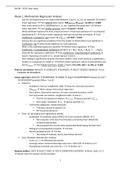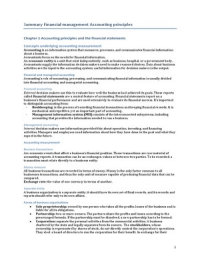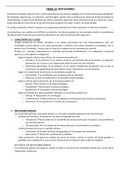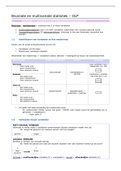Zusammenfassung
Summary Cheat sheet for SPSS MVDA
- Kurs
- Hochschule
This document contains all weeks of the MVDA SPSS course. It features questions, steps to take to answer the questions, in which table to find the answer, and how to formulate your answer.
[ Mehr anzeigen ]






